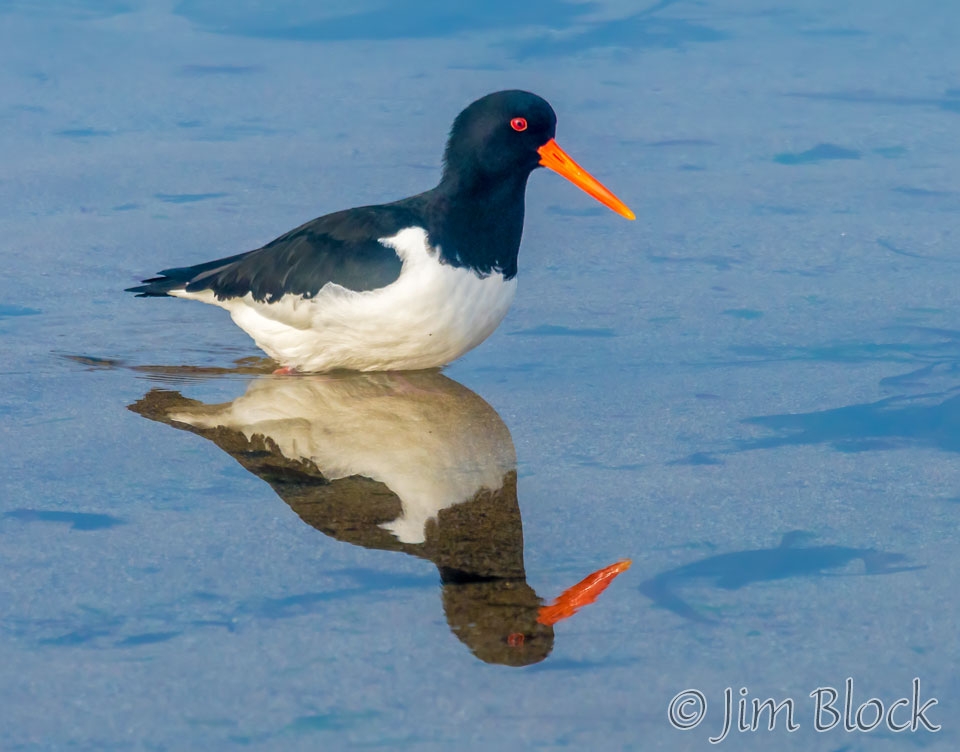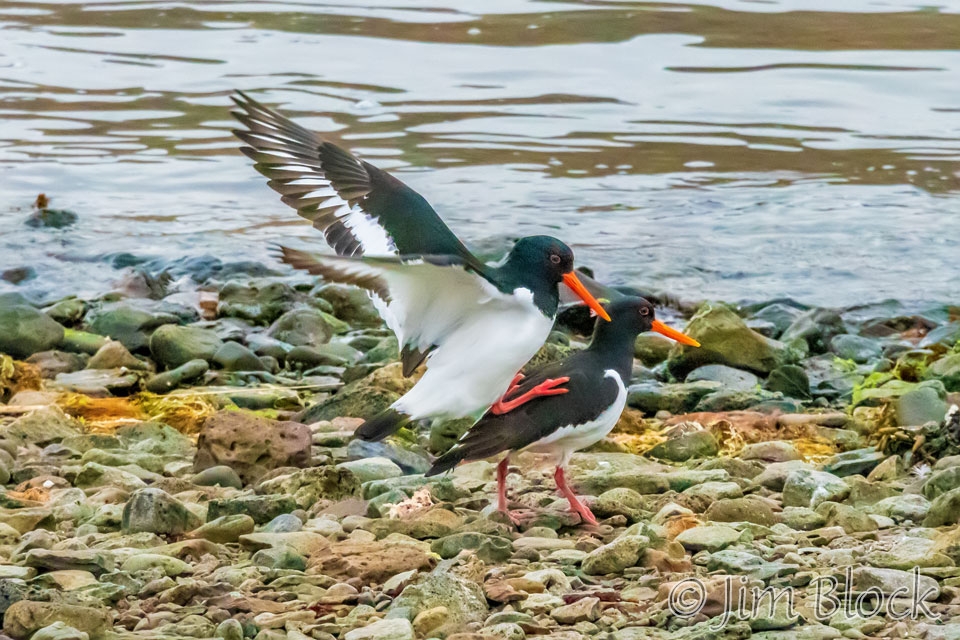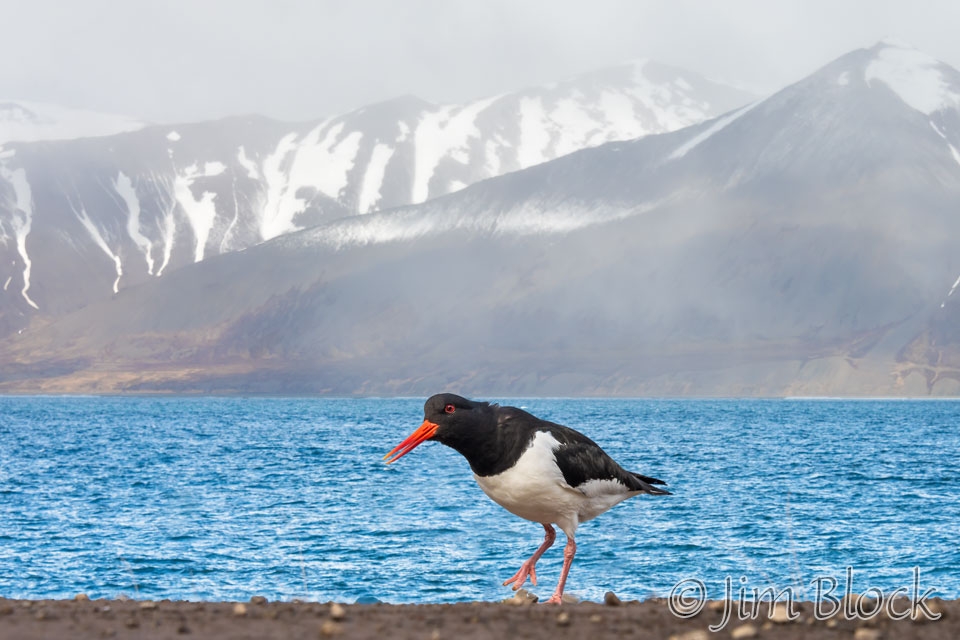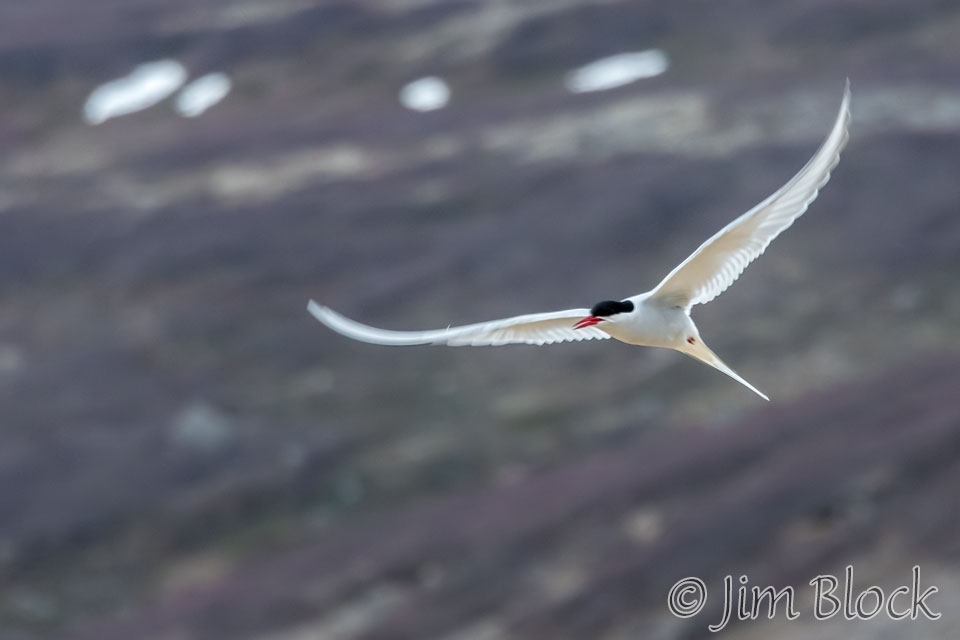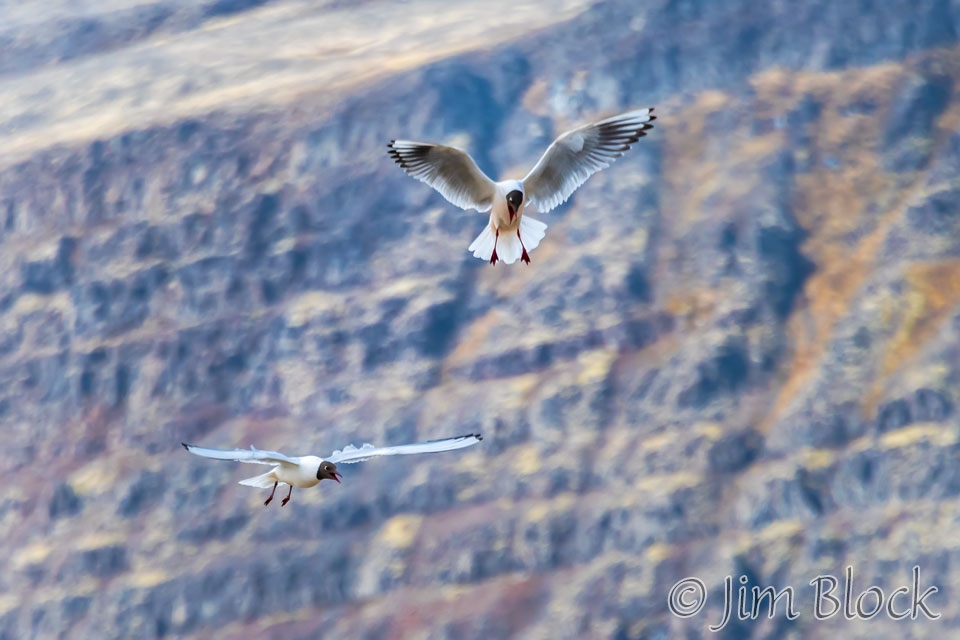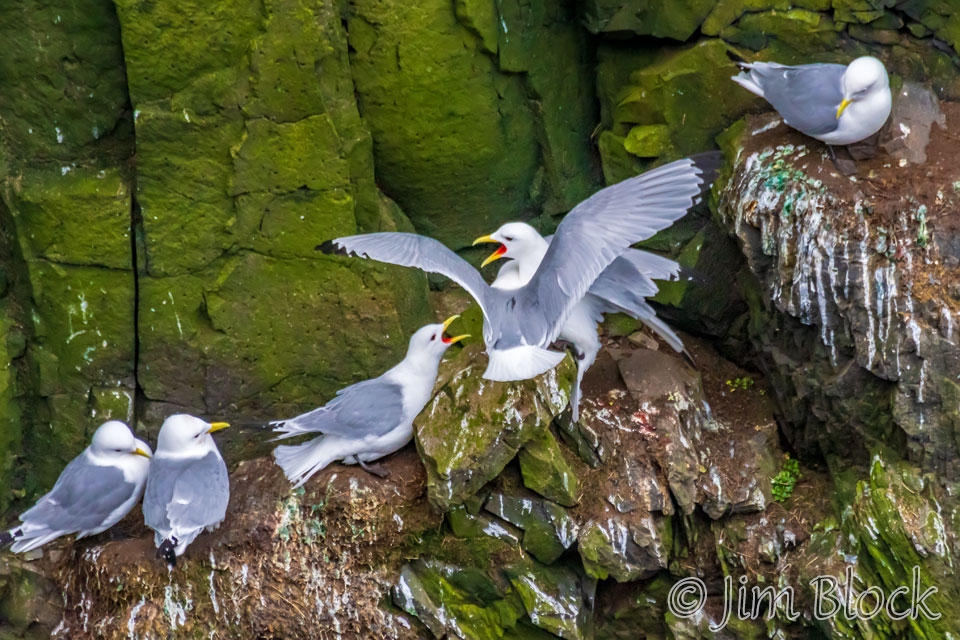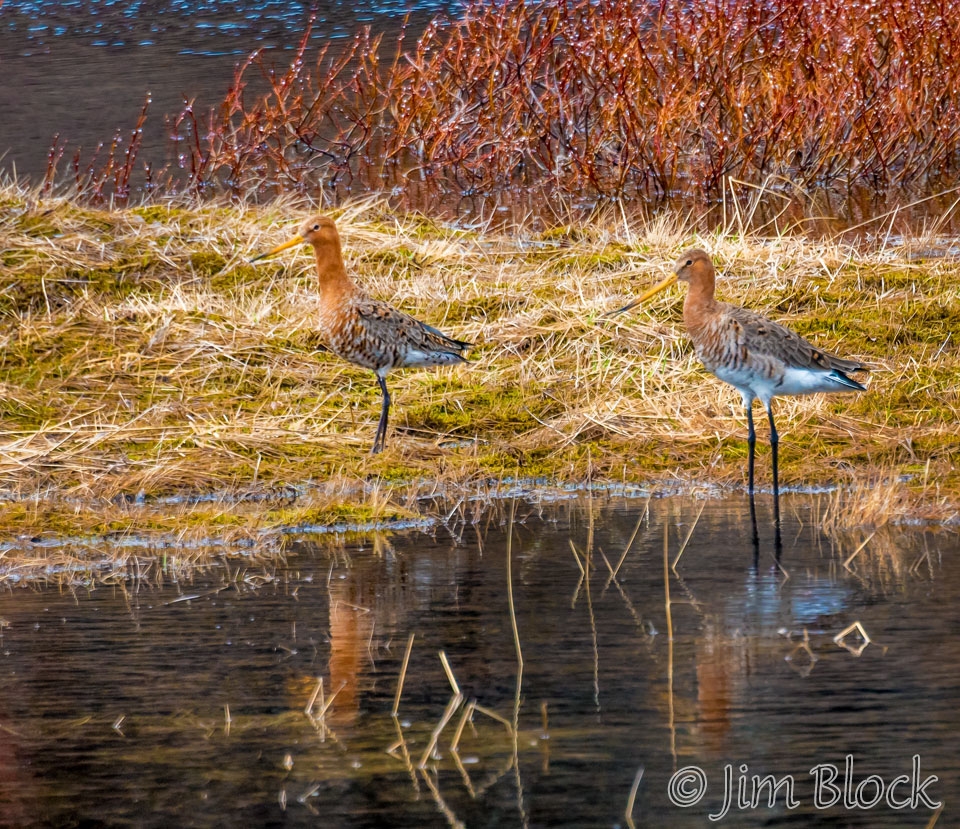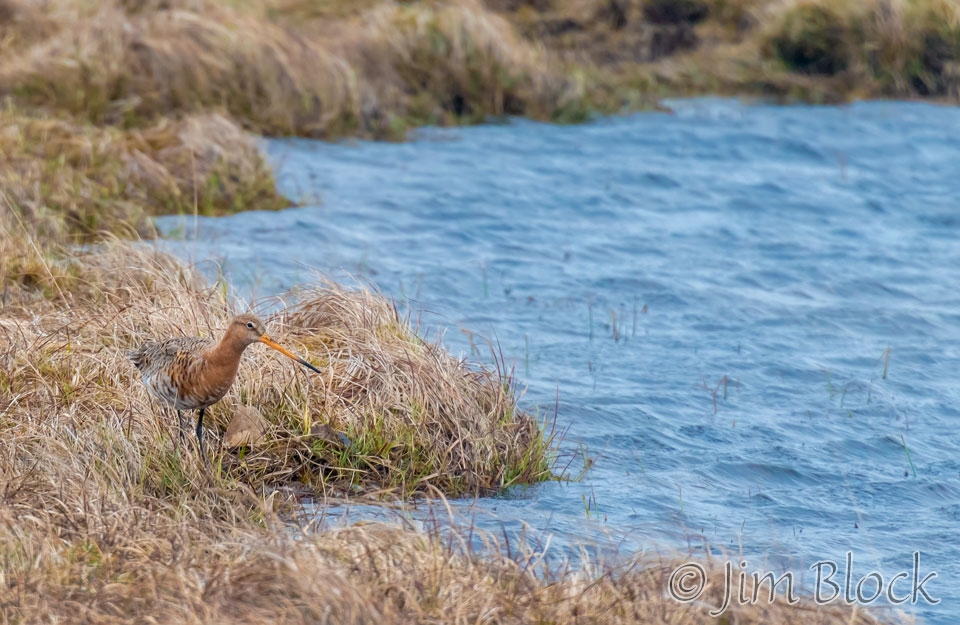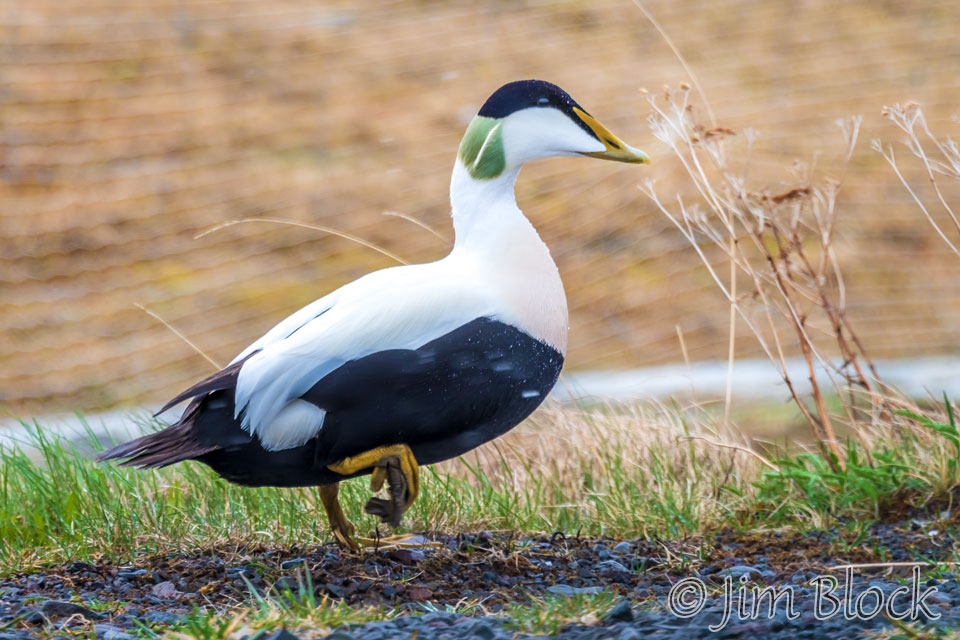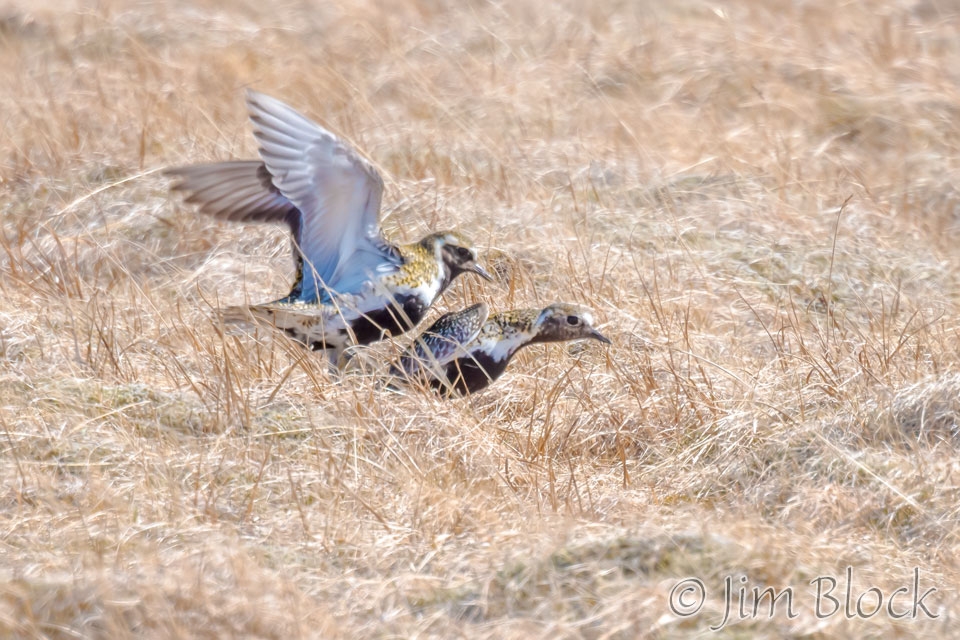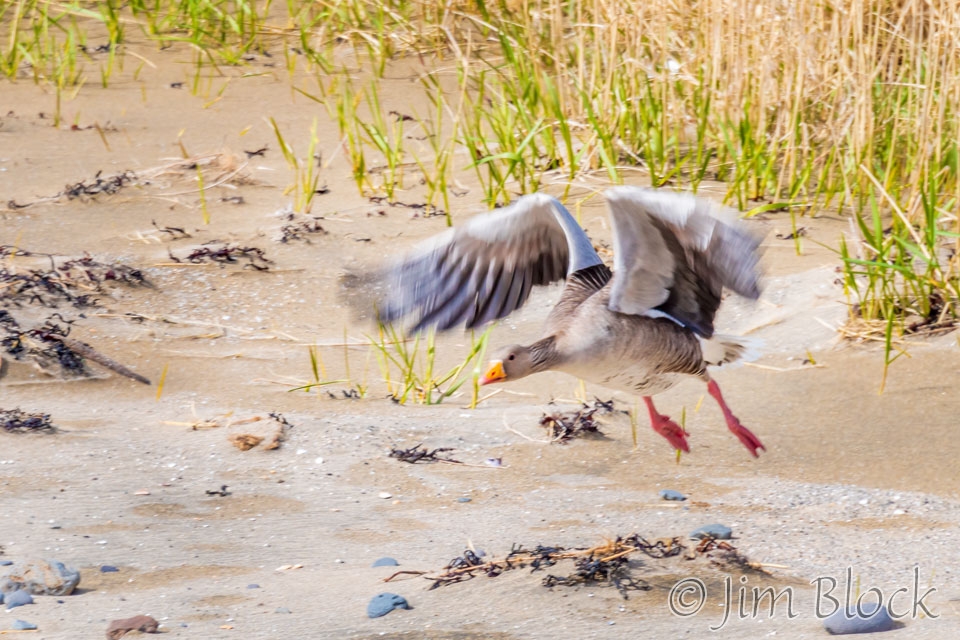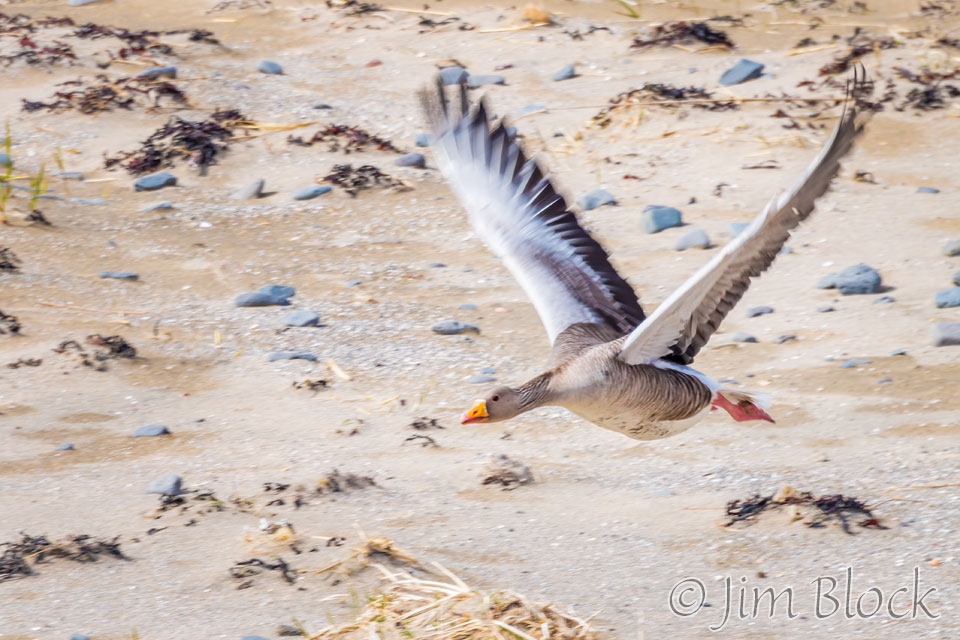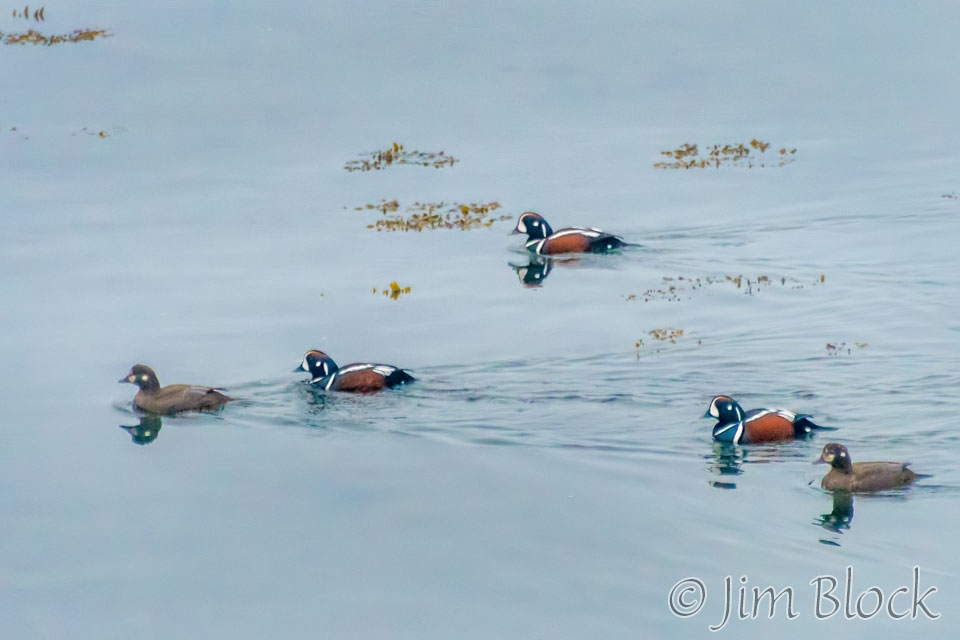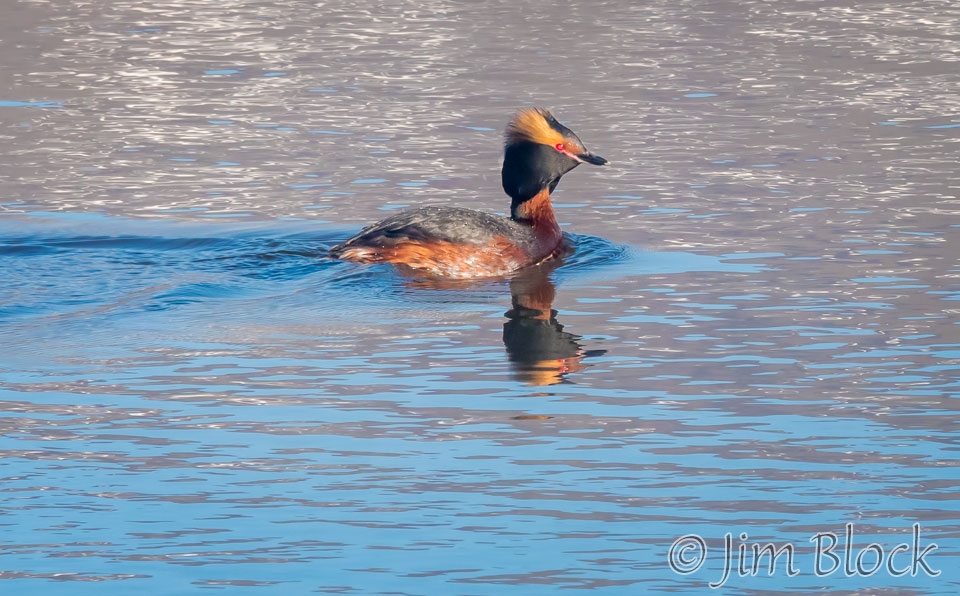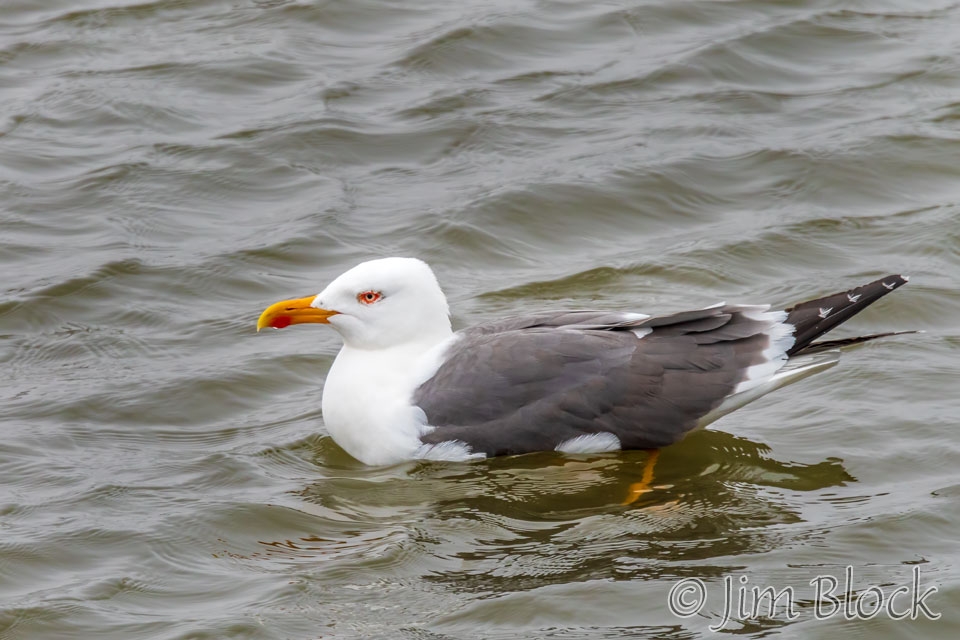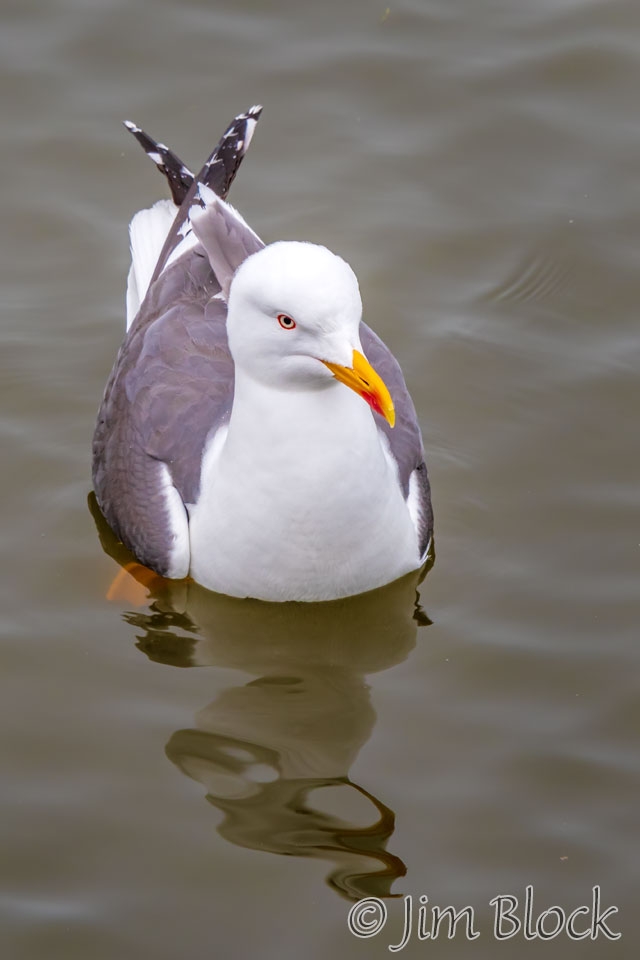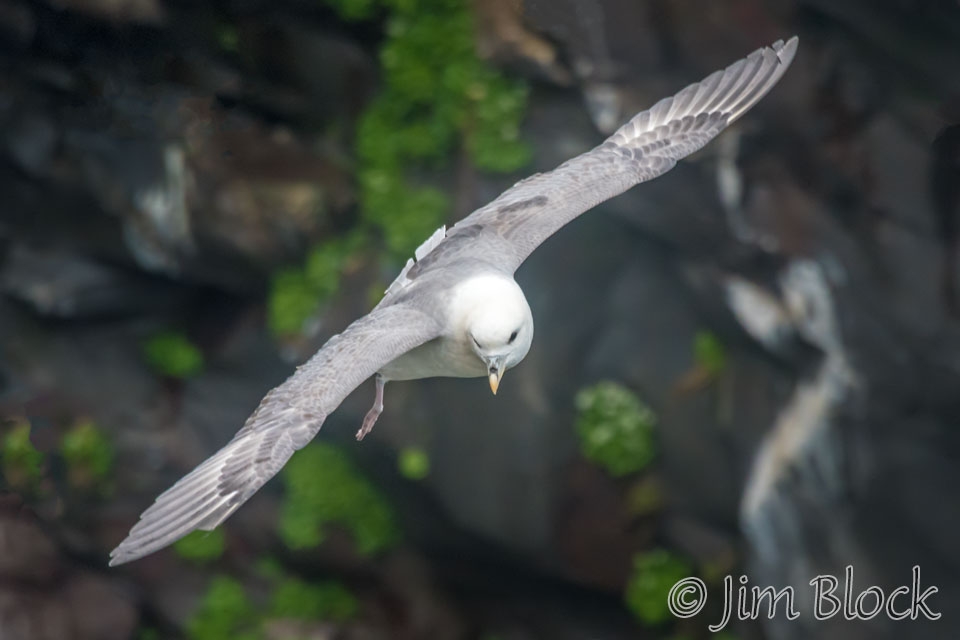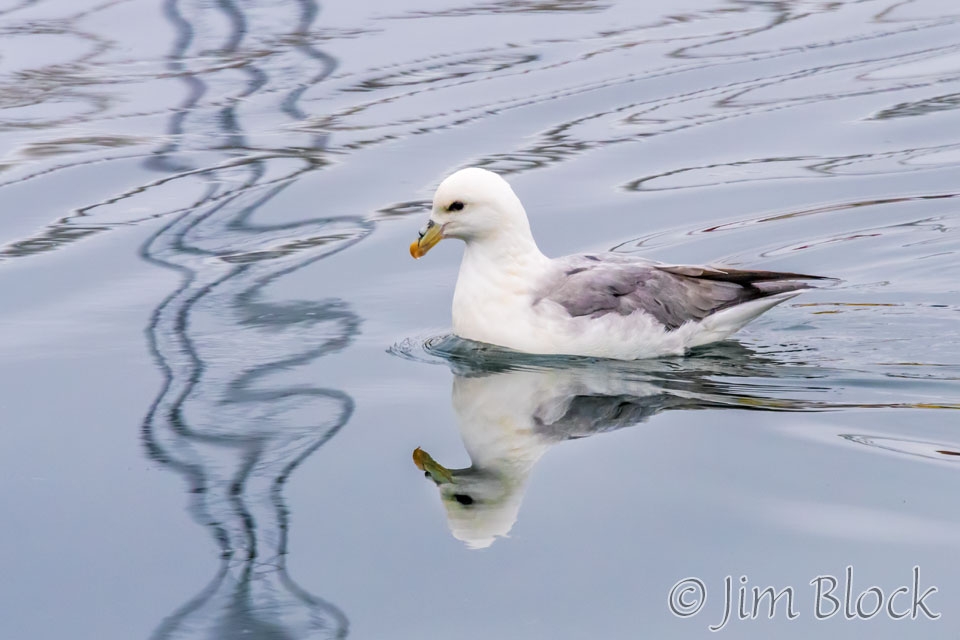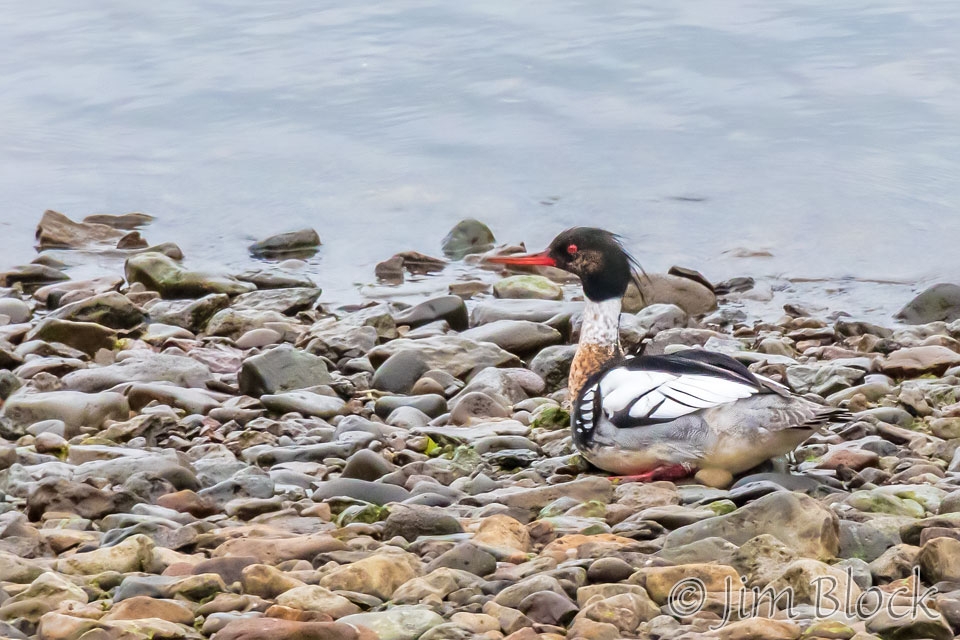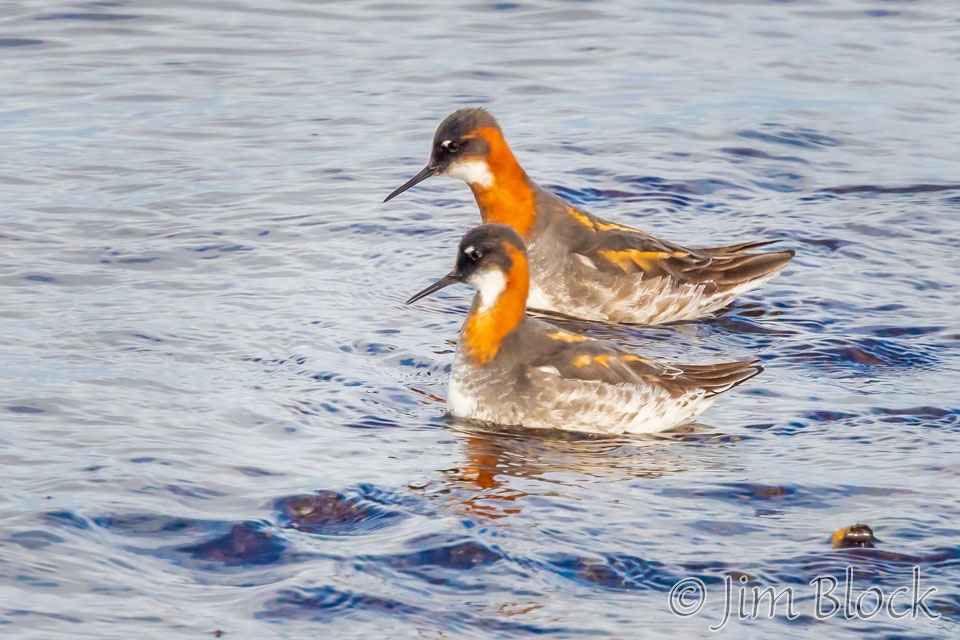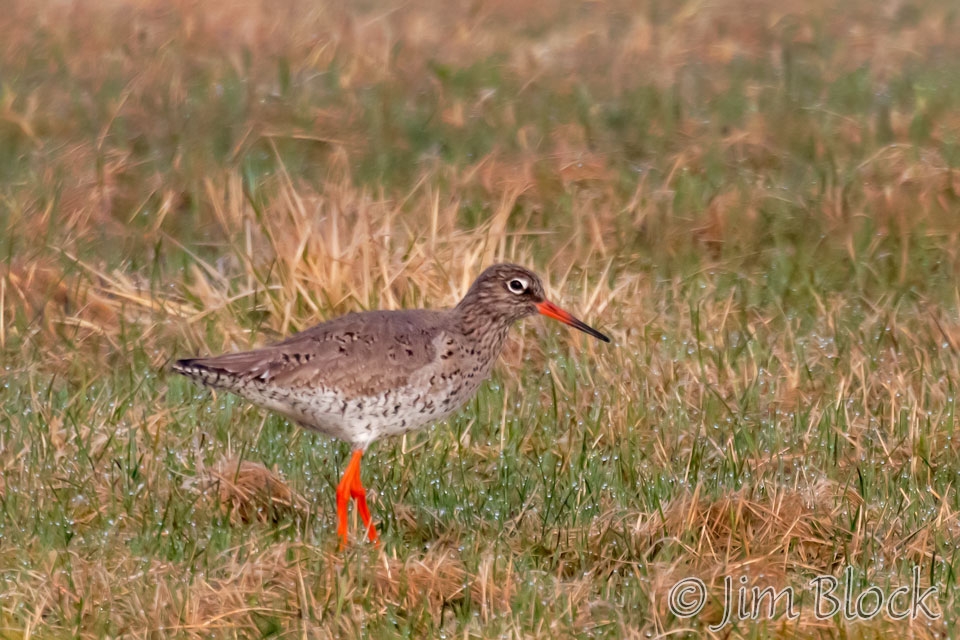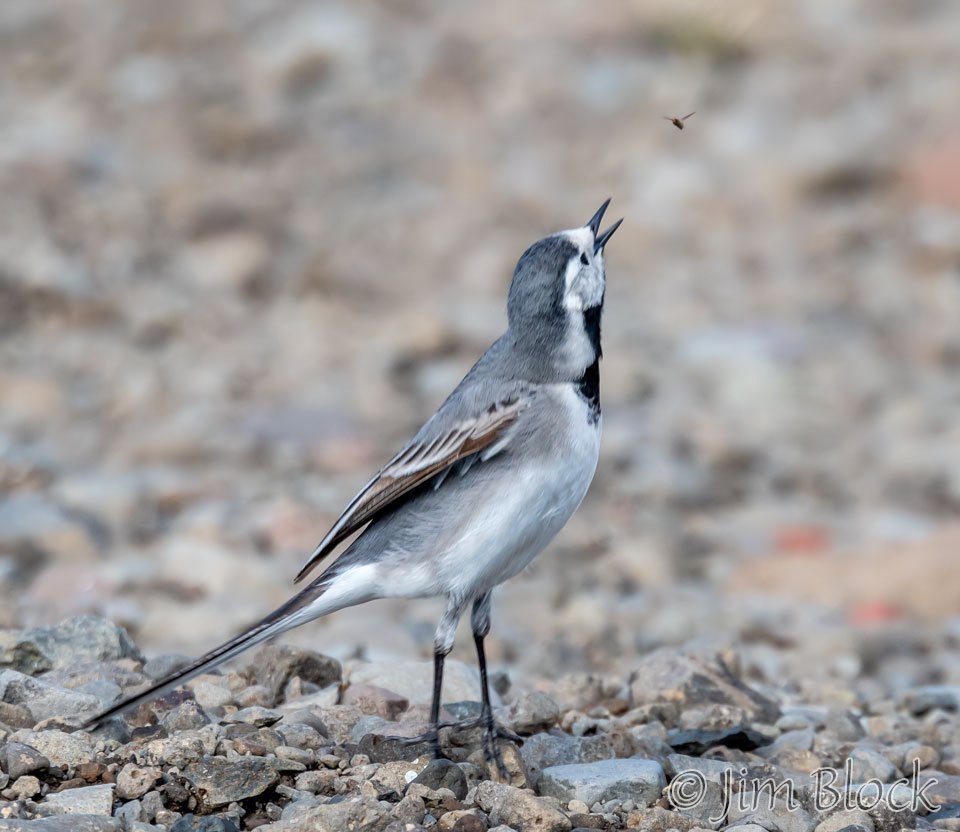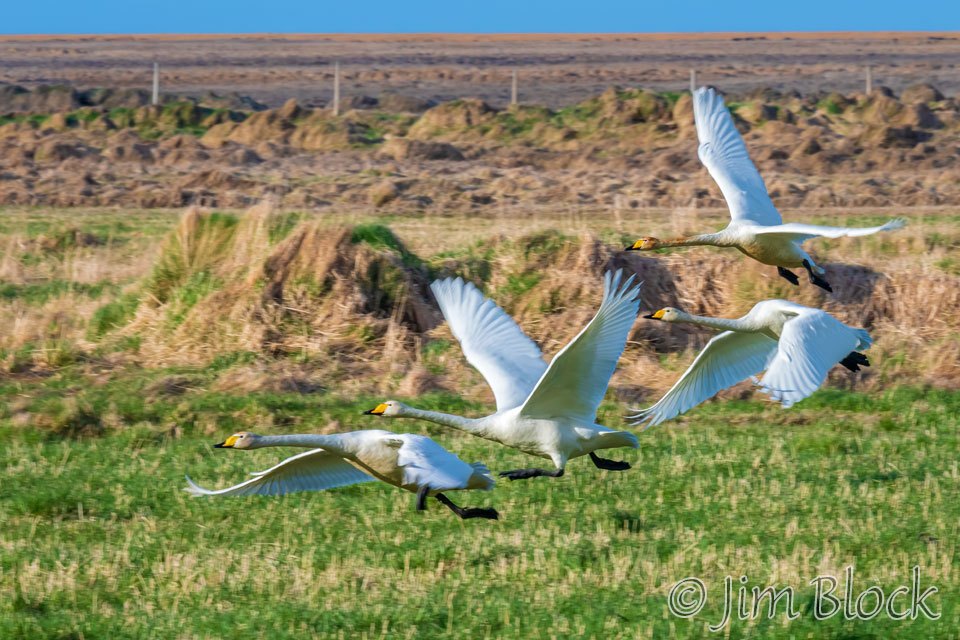This page has slide shows and single images of the birds I photographed in Iceland. I would like to have had a longer lens than 300mm, but this was not a trip to photograph birds, and I did not want to lug my big, heavy lens to Iceland and around the country. One of these years I might get a lightweight and very capable Olympus outfit like Marc had. Olympus (the OM-4T) was actually my first serious (film) camera.
The birds are listed in alphabetical order.
American Oystercatchers were nearly everywhere we went. We first saw them in Höfn our first full day, and we photographed them in Arkanes, on the Snæfellsnes Peninsula, and in the Westfjords. The only place I did not get a photo of one was our last day at Garður. One of the photos below shows Oystercatcher eggs.
Arctic Terns were not that plentiful, but we saw then from the Westfjords in the north to the Reykjanes Peninsula in the south. They are beautiful, graceful birds. I will never forget visiting the Atlantic Puffin colony on Machias Seal Island and having to walk through a field of nesting Arctic Terns holding a tripod straight up overhead to keep from being attacked.
A Barnacle Goose pair flew over us the morning of our first full day in Iceland when we stopped to photograph horses.

Black-headed Gulls were prominent at a number of locations in Iceland. It was fun to get them flying, but we also got a pair perhaps courting.
Black-legged Kittiwakes seem to love the bird cliffs at Latrabjarg. It was a challenge to get them flying and also leave time for the puffins. The hind toe on the foot of the Black-legged Kittiwake is just a tiny bump, thus it is also called the Three-toed Gull.
Black-tailed Gotwits were seen at þingvllir National Park, the Floi Bird Reserve in Eyrarbakki south of Selfoss, and at the Pufubjarg bird cliffs and other spots on the Snæfellsnes Peninsula.
In Arkanes, we photographed Brant.
Common Eiders were “everywhere”. The folks in Iceland appear to love them. We saw fields filled with old tires for them to nest in.
Common Murres were found on the Latrabjarg Bird Cliffs in the Westfjords. After a few overviews, you can see one hop down to a lower perch in this slide show. At the end is a broken Common Murre egg.
Common Redpolls sometime visit our New Hampshire yard in large numbers in winter. In Iceland I got one distant shot of one.

This Common Ringed Plover was photographed on the beach at Garður. It is also known as the Great Ringed Plover.

These Dunlins were found on the beach at Garður our last day. The one with the black belly is in breeding plumage.

Golden Plovers are a beautiful bird. We found them on the Snæfellsnes Peninsula and in the Westfjords.
The Great Black-backed Gull is the largest gull species in the world. They have pink legs while Lesser Black-backed Gulls have yellow legs. The flying one was photographed at Arkanes. The perched bird was photographed at Arnarstapi on the Snæfellsnes Peninsula.
Greater Scaup female is shown. I missed the male, but it looks like the male Tufted Duck without the tuft.

Greylag Geese were found in the Westfjords and in Reykjavik.
Harlequin Ducks were photographed in Olafsvik and Skardsvik on the Snæfellsnes Peninsula. I once saw these ocean ducks playfully going over 10-15 foot high waterfalls in Glacier National Park, many hundreds of miles from the ocean.
Horned Grebe, a beautiful small bird, were photographed on the Snæfellsnes Peninsula.
Lesser Black-backed Gulls have yellow legs as opposed to the pink legs of Greater Black-backed Gulls.
Long-tailed Ducks can be spectacular up close in breeding plumage. We saw a number of them but never got close enough for a great portrait.
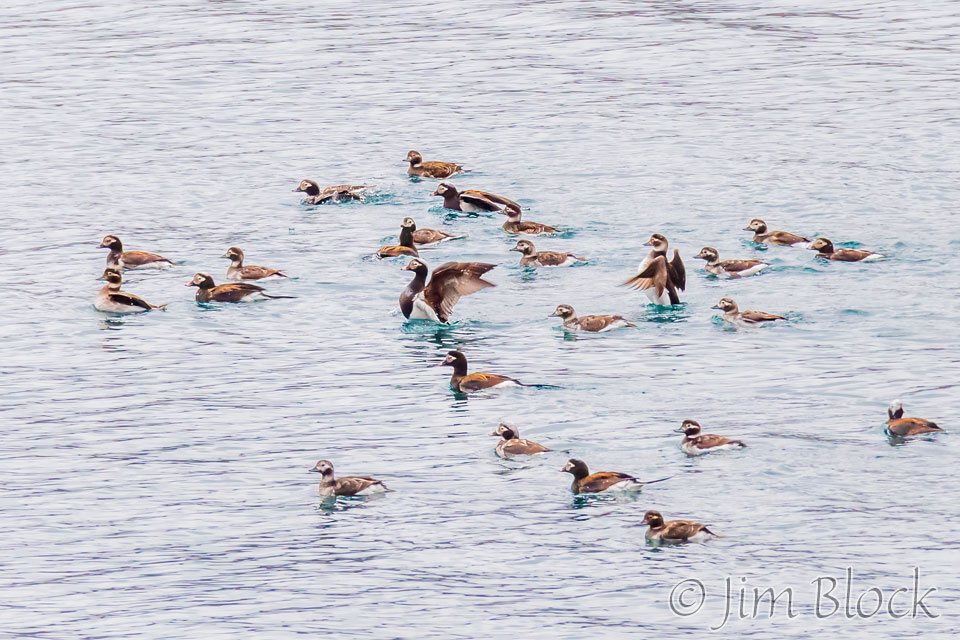
Mallards are common, but beautiful ducks. Here is a pair flying and one up close with a Greater Scaup in the background.
Meadow Pipit is seen here, appropriately, in a meadow.
Northern Fulmars are closely related to petrels and albatross. We photographed them in Arkanes, on the Snæfellsnes Peninsula, and at the Latrabjarg Bird Cliffs in the Westfjords.
Puffins were found at the Latrabjarg Bird Cliffs in the Westfjords. They are a favorite subject of many photographers.
Purple Sandpipers were photographed on the rocky beach in Arkanes, which turned out to be a great stop en route to the Snæfellsnes Peninsula.
Razorbills were found at the Svortuloft Bird Cliffs on the Snæfellsnes Peninsula.
The beautiful Red Knot makes one of the longest yearly migrations of any bird, traveling 9,300 miles from its Arctic breeding grounds to Tierra del Fuego in southern South America. This bird was photographed on the very productive beach at Garður our last day.

Red-breasted Merganser were photographed near both Tálknafjörður and Bíldudalur in the Westfjords.
Red-necked Phalaropes were found on the beach at Garður our last day. I had actually photographed this species in both Vermont and New Hampshire when they were blown inland by a storm during migration. These birds were in breeding plumage. Their plumage when they are not breeding is a very plain white and gray.
Redshanks were found in Eyrarbakki, Arkanes, Ytri-tunga, and Raudasandur, basically the full range south to north that we covered in Iceland.
Redwings are thrushes like our robins. They look a bit like a robin. In the US many people call Red-winged Blackbirds, Redwings. They maybe don’t know the name is already taken.
Rock Ptarmigan were photographed on the Snæfellsnes, Latrabjarg, and Reykjanes Peninsulas.
I spend a long time photographing Ruddy Turnstones at the beach at Garður our last day. I also photographed them on the Snæfellsnes Peninsula and in the West Fjords. In the panorama format image, one refused to look at me.
Sanderlings were found at the beach at Garður.
A beautiful Snow Bunting greeted us at the Jokulsarlon Ice Beach. This species will sometimes visit New Hampshire and Vermont in the winter.
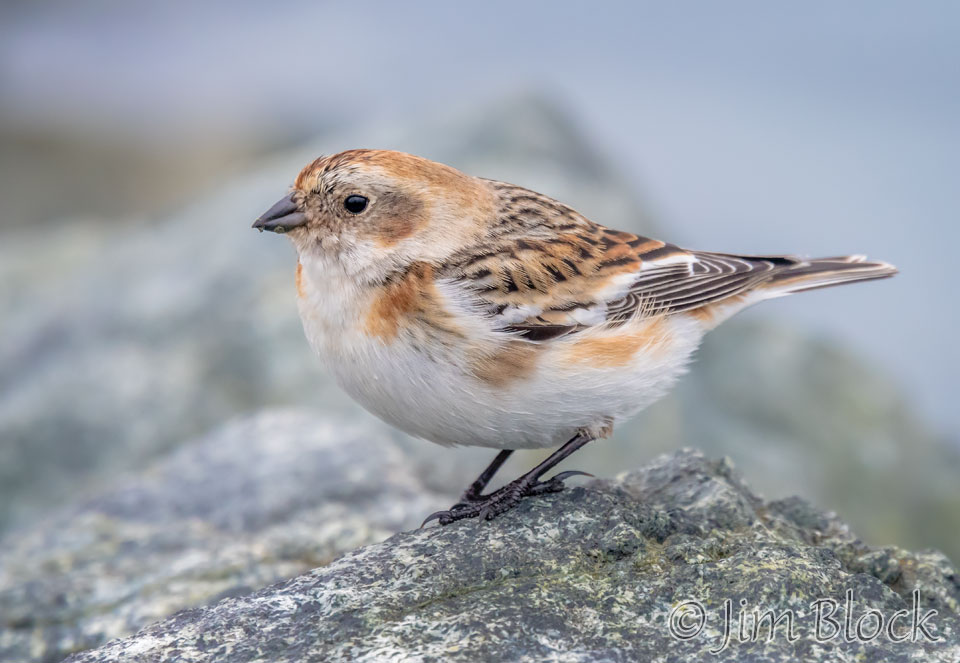
Tufted Ducks are diving duck similar in appearance to our Scaups and Ring-necked Ducks. The tuft on the back of their head sets them apart.
White Wagtail is a very common bird across Europe and Asia. It is related to pipits. We saw them from the West Fjords to Reykjavik.
Whooper Swans were photographed from the far south to the Snæfellsnes Peninsula to the West Fjords.
In spite of only having a fairly short lens, I was happy with the birds I was able to photograph in Iceland.




